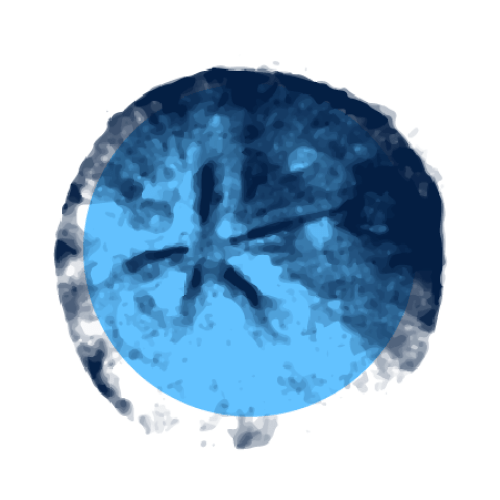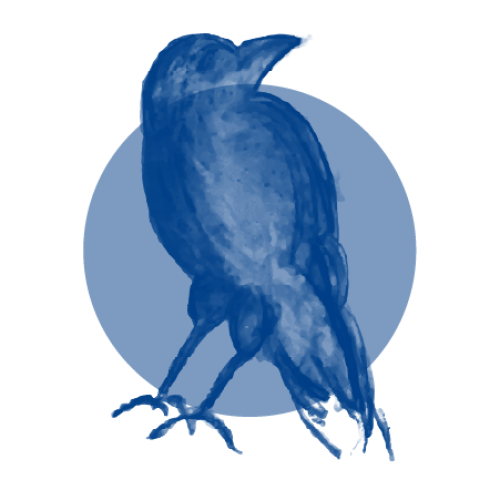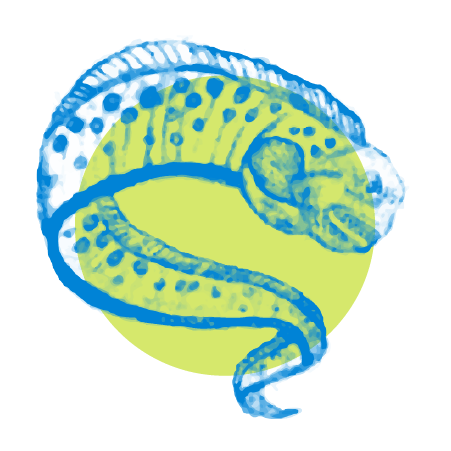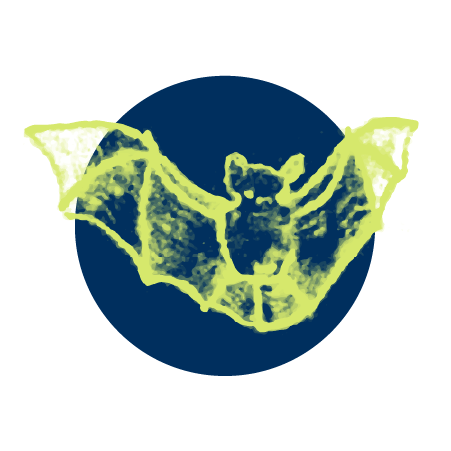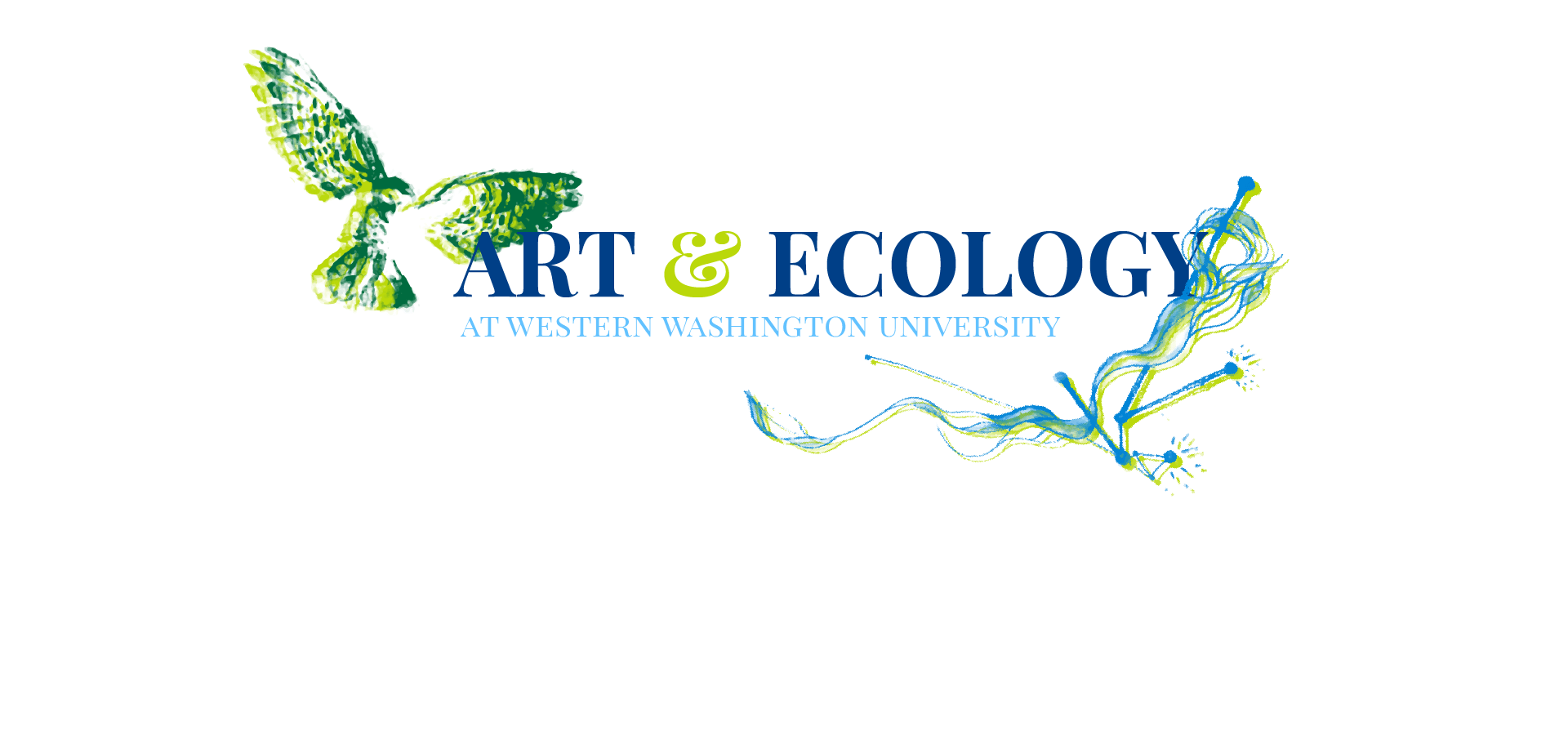

As the range of eco-art practices are diverse, from the production of physical objects to performance, environmental intervention and social practice, the course provides hands-on experience in an array of creative strategies that have broad application. Through the course environmental science students learn fresh approaches to their discipline-specific problems, while art and humanities students delve deeper into the science of ecosystems for their subject matter. With experiential learning and real-world strategies, the course successfully integrates and negotiates between disciplines, bridging the arts, humanities, and sciences in inspiring participants to engage in and catalyze sustainability initiatives in their own lives and communities, and on Western Washington University’s campus.

“We can never fully understand the perspective or experience of these whales, but we can use what we have learned about them to form radical empathy and compassion for them as members of our own community. I think one of the greatest lessons that I’ve learned from Gray Whale, is that the environmental issues at hand know no borders. Grays are nomadic, their habitat spans tens of thousands of miles and the struggles that they face do as well. They remind me that our planet is one living, breathing, connected ecosystem and that every being is dependent on all others and on the health of their habitat whether it spans a few miles or a few thousand.”
Art & Ecology Student Ruby Jones, Fall 2018

Reach out to us: art.ecology.wwu@gmail.com
This website is made possible by the support of WWU’s Sustainability, Equity, & Justice Fund.
Art & Ecology course developed by Professor Cynthia Camlin.
Website designed by Mouse Bird Studios & edited by Emma Parkinson. © 2020
